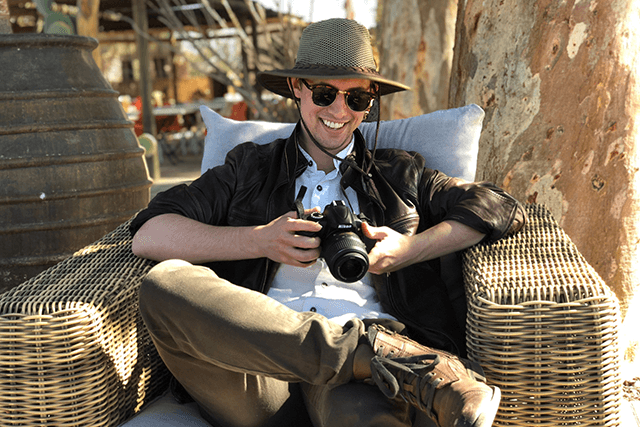
Preparing For A Safari Trip Is Crucial For A Successful Trip
Hiking Boots
While wearing hiking booths may not always be an absolute must while on safari, you don’t want to end up in a situation where you definitely need them and simply didn’t bring any. This is especially true if you plan on hiking. The wide spectrum of terrain means that you definitely want to have appropriate shoes with you. Definitely make sure you’ve broken them in, as you do not want to experience breaking in new hiking boots while on a safari trip. It’s also a great idea to bring bandaids that are specially designed for blisters just in case. A great option for hiking boots are the Merell Moab 2 Mid Waterproof Hiking Boots that are great in different kinds of terrain.

Hiking Boots
Binoculars
What’s a safari trip without a pair of binoculars? There’s a reason why any thoughts of safari will immediately conjure up an image of someone peering through a pair. Binoculars will help you fully appreciate the stunning spectrum of wildlife that might be a bit too fair to see otherwise. A good choice is the Athlon Optics Midas G2 8×42 UHD, which is perfect for a trip since it is waterproof, fog repellant, and has a durable rubber armor coating. It’s also a good idea to see if your safari operator provides you with binoculars before investing in a pair.

Binoculars
Sunscreen & Sunglasses
Even with long sleeved clothing and a hat, it is absolutely crucial to put on sunscreen on any skin that is exposed in order to protect yourself from burns and damage to your skin. You should invest in good sunscreen to make the most out of it. A good option is La Roche-Posay Anthelios Melt-In Milk Sunscreen, which has an SPF of 60. While it is on the pricier side, it is well worth the investment in order to make sure your skin stays protected. You should also absolutely bring sunglasses with you, and try to make sure you have a good pair that will actually protect your eyes. We tend to like the Ray Ban Wayfarers, which are a classic. The RB2140 Original Wayfarer Polarized 52 are a good option if you need a new pair, since you’ll get extra protection with the polarized lenses.

Sunscreen & Sunglasses
Insect Repellent
While it is always unpleasant to deal with bug bites, in this case, you truly need to protect yourself with bug repellent, since some mosquitos in safaris can carry some pretty gnarly diseases, including malaria and yellow fever. In addition to vaccines and medications, you can take the extra step by using the repellent to try to avoid the bites altogether. Picardin offers a great choice of repellant that is a little more pleasant on the skin than DEET but still offers great protection.

Insect Repellent
Long Layers
Even though a lot of safari locations do get quite hot during the day, you might be surprised to learn that it is actually a good idea to wear long shirts and pants, as they provide you with extra protection not just from the sun but also from bug bites. Also, it does get cold in the morning and at night, so it’s better to have the long option and then roll up sleeves when it gets hotter if you need. A good option for long pants are the REI Co-op Sahara Convertible Pants, which actually have the option to unzip and turn into shorts, which gives you the best of both worlds.









